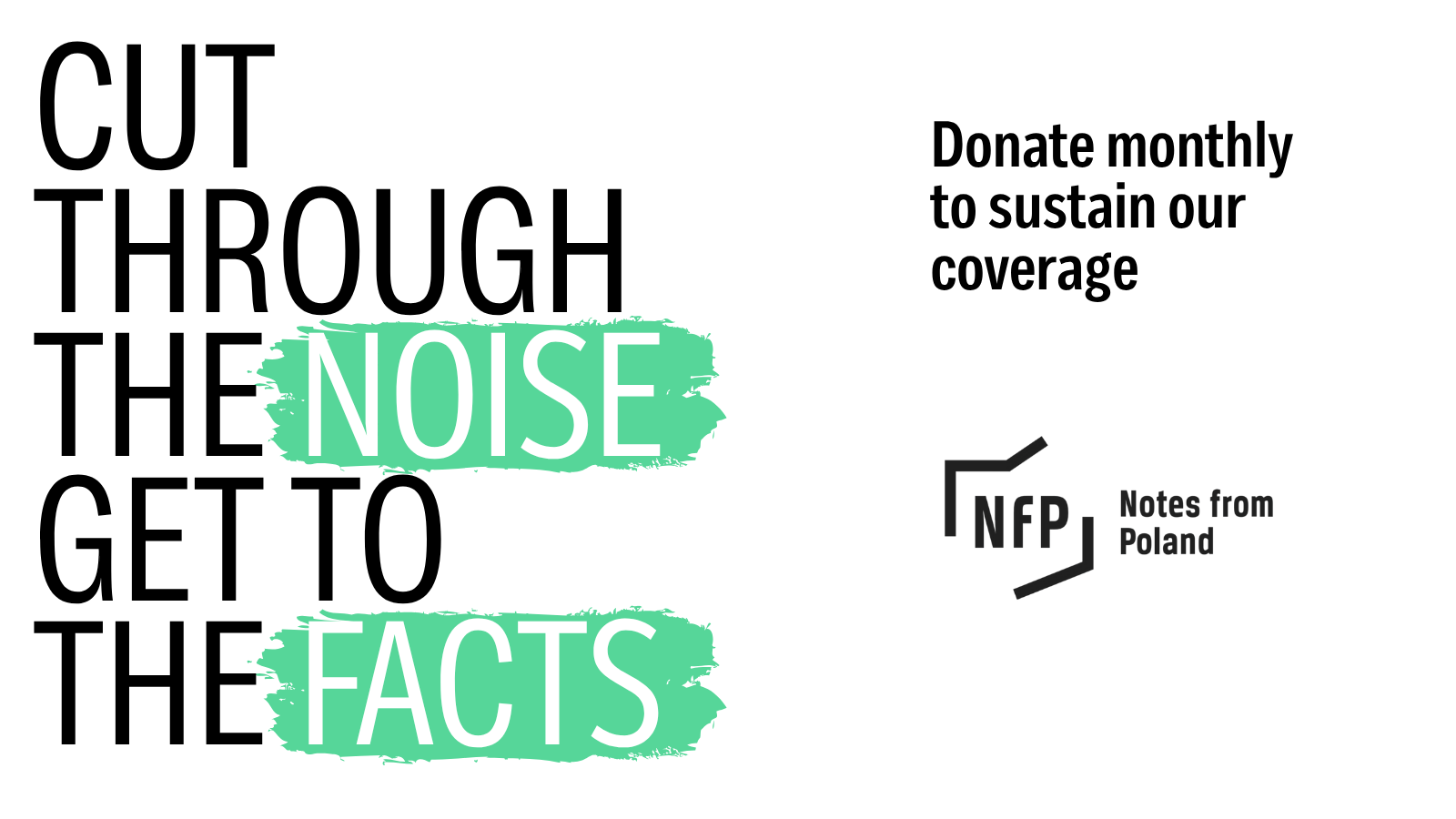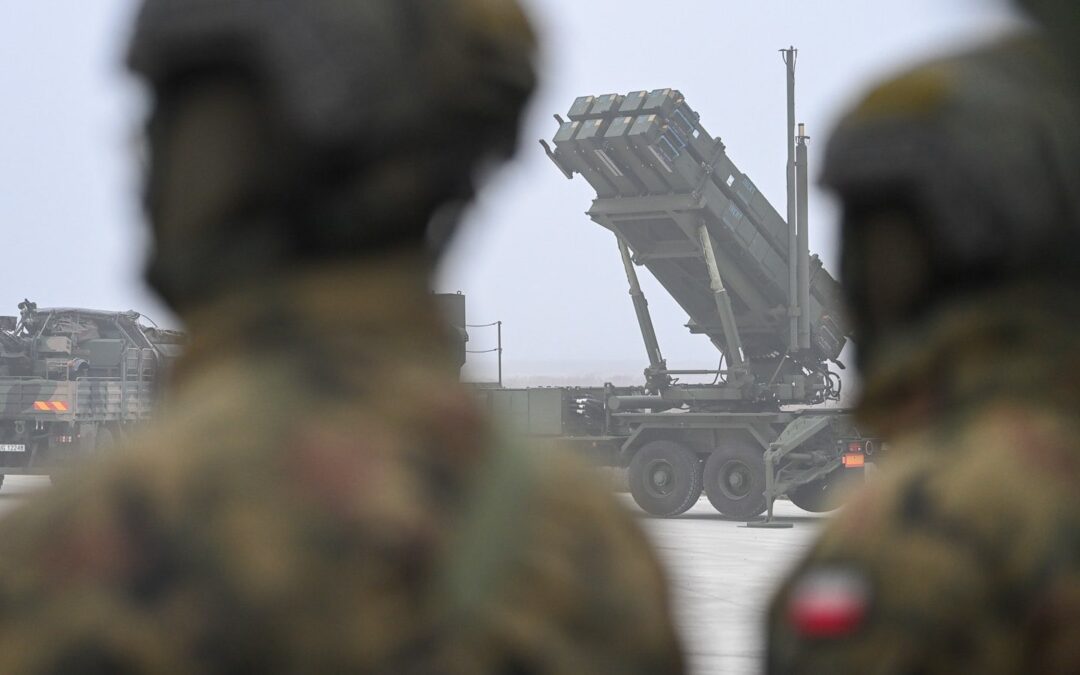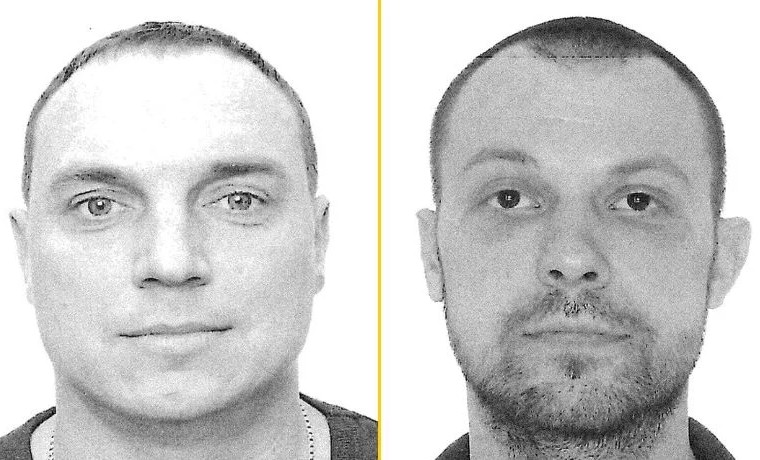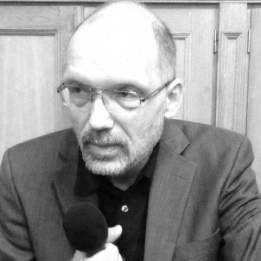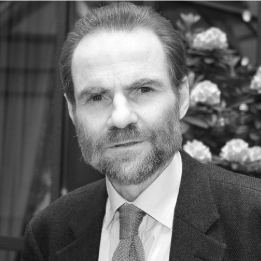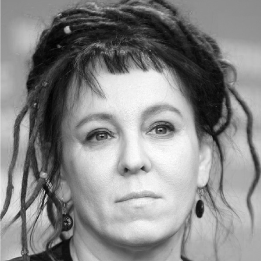Keep our news free from ads and paywalls by making a donation to support our work!

Notes from Poland is run by a small editorial team and is published by an independent, non-profit foundation that is funded through donations from our readers. We cannot do what we do without your support.
By Jacek Paśnik
The 1990s were a time of upheaval, as Poland transitioned from communist authoritarianism to free markets and democracy. That brought rapid economic and social change, including the import of Western consumer and cultural goods.
One such import, hip-hop music, quickly inspired a Polish rap scene that has since its inception charted the development of the country’s economy and society.
Rap CDs were originally sold as bootlegs at the markets that proliferated across Poland in the 1990s. Europe’s largest open-air market, Jarmark Europa, was located in Warsaw on the site of the Stadion Dziesięciolecia (Tenth Anniversary Stadium), built in 1955 to commemorate the first decade of the communist Polish People’s Republic (PRL).
The history of the stadium – once representative of Polish state socialism, later a symbol of the country’s shift to the free market, and eventually being replaced by the National Stadium, an image of 21st-century modernity – in many ways mirrors that of Poland.
Jacek Paśnik, a writer and Polskie Radio host, outlines how hip-hop has consistently provided a commentary on the socioeconomic changes Poland has faced during its post-communist history.
Post-communist difficulties
Polish rap is, in fact, believed to have been born in the dying years of communism. The first Western rap records appeared in the last decade of the PRL, brought to Poland by those who had the opportunity to travel to the West. The rap sound and style was then adapted by the 1980s countercultural punk movement.
The 1988 track “Nie ma ciszy w bloku” by punk band Deuter is considered the first Polish rap song. The lyrics, complaining about life in housing estates – a typical subject in earlier punk rock songs – were sung in a new style accompanied by a drum machine beat, clearly influenced by American “golden age” hip-hop.
The song announced a new musical era in Poland, while simultaneously heralding the end of communism, amid social unrest in the aftermath of the period of martial law.
One of the most common topics of early Polish rap was economic turmoil. The “shock therapy” liberal reforms implemented in the initial years of post-communist Poland left numerous Poles – especially those from smaller, former industrial towns – jobless, hopeless and angry. Many of them either remained unemployed or migrated westwards.
The country’s first successful rapper, Liroy, who in the early 1990s briefly migrated from the city of Kielce to France before returning to Poland, brought together these themes.
One of his key tracks, “Scyzoryk”, tells the story of everyday hardships in Kielce while also expressing pride in his hometown. Alboom, the album it was released on, went on to sell half a million copies in the year of its release, becoming Polish hip-hop’s first commercial hit.
While illicit drug use had been a social issue during the last decade of the PRL, it had largely involved domestic production – homegrown cannabis and “heroin” prepared by stewing poppy straw.
The opening of Poland’s borders in the 1990s, however, saw an influx of amphetamines and higher-grade heroin, as the country became a transit hub for the drug trade between Asia and western Europe, leading to a growing domestic market for illicit substances by the end of the decade.
This was particularly notable in the capital, where Warszafski Deszcz rapped about “aluminium rustling” in reference to the use of foil to smoke heroin.
Warsaw-based Molesta also painted a bleak picture of addiction in “Armagedon”, with verses dedicated to cannabis, vodka and heroin misuse even among “good guys”. Considering why heroin use was proliferating, the group place the blame on the economy: “No money, no prospects, stress.”
With the unemployment rate soaring, economic woes were on the minds of Polish rappers across the country. Slums Attack used their song “Kolejny stracony dzień” to lament “another wasted day” struggling in the city of Poznań among the “old walls, old gates” of its tenement houses.
Meanwhile, Kaliber 44, from the industrial Upper Silesia region, used their unique brand of rap – characterised by references to mysticism and Polish Romanticism, and chaotic musical layering – to dream of wealth in the track “Więcej szmalu”, noting that “only the rich can tell me that money doesn’t bring happiness”.
Everyday struggles continued to feature in hip-hop lyrics through the first decade of the 21st century, but two rappers focused on different themes stand out for their foresight.
O.S.T.R., a solo artist from Łódź, once the heart of Poland’s textile industry but later beset by depopulation, rapped about corruption among politicians, foreshadowing the political scandals that would emerge in the mid-2000s.
In “A.B.C”, he criticises public officials “who measure their honour in cash” and “waste taxpayers’ money riding around in taxis”.
Warsaw rapper Tede took a notably different approach in his album S.P.O.R.T., praising the pleasures of a lavish lifestyle over bouncy, funky beats, in a manner reflected more broadly in the global bling-era hip-hop of the time.
“Dyskretny chłód”, an unapologetic hedonism anthem, foresaw the economic stability and wealth that would soon arrive in a country on the cusp of accession to the European Union.
An era of identity-searching
The improved economic and social conditions that came with Poland joining the EU in 2004 led to hip-hop taking up new topics that were more abstract, reflective and focused on rappers’ interiority, as the genre searched for a new identity. Indeed, the country itself was attempting to establish its own identity, as it moved decisively out of the post-Soviet sphere.
This era also marked a political shift away from Solidarity and the post-communist Democratic Left Alliance (SLD), both of which had dominated Polish politics since 1989, towards the Law and Justice (PiS) and Civic Platform (PO) duopoly, between whom power has switched since 2005.
It is perhaps within that context that duo Łona and Webber caution listeners to “have doubts” in their 2007 track “Miej wątpliwość”, which makes numerous references to political mistrust – a famous slip of the tongue by PiS co-founder Jarosław Kaczyński, well-dressed orators who “burn with anger” and wear “brown shirts” beneath their ties.
Meanwhile, in “Zamieć prawdę pod dywan” Eldo identifies the increasing import of Western – particularly American – culture into Poland. He suggests that is the result of national “complexes, the need to hide something”, a reference to the Polish inferiority complex as one of the youngest members of the EU-led European order.
In his 2014 “1 moment”, rapper K2 from the provincial former coal-mining town of Dąbrowa Górnicza also reflects on the “bitter taste” of one of the outcomes of Poland’s EU accession: “young people are leaving the country” en masse to work in richer western member states.
In the same year, and reflecting perhaps growing economic disparities, veteran Warsaw rapper Sokół released released “Zepsute miasto”, ostensibly about the downsides of life in Warsaw, but describing issues – a lack of parking spaces in the city centre, Instagram posers at hipster bars, overreliance on corporate perks – that reflect very modern concerns..
New realities for the post-1989 generations
The 2010s – both in Polish rap and society – was characterised by the emergence of a younger generation, most of whom were born after 1989 and had limited or no direct memory of the communist era and the difficult early years of the transition.
Taco Hemingway – born to Polish parents in Egypt, raised bilingual in China and Poland, university educated in the United Kingdom, and middle class – is representative of the millennial generation who came of age in a Poland experiencing consistent and substantial economic growth, yet struggling with the inequities of consumer capitalism.
In contrast to his older rap colleagues, Hemingway’s lyrics are not about the struggle to survive outright, but rather the difficulties of millennial precarity.
His 2015 track “6 zer” references the aspirational brands – Nike, iPhone, Porsche – increasingly visible on Warsaw’s streets and the dream to have “six zeroes” in the bank, while also admitting that the type of work contracts his generation are often employed on (long referred to as “junk contracts”) mean “they don’t chat about the future and ZUS [social security], insurance”.
Gen Z rapper Mata, meanwhile, became an overnight viral sensation in 2019 when “Patointeligencja” racked up more than 4 million YouTube views within five days.
The song, written from the perspective of Warsaw’s privileged intelligentsia (Mata is himself the son of a prominent law professor), outlines the “pathologies” experienced by that class’s youth, including alcohol and drug misuse, petty theft and even suicide.
Through lyrics that are shocking and littered with profanity, Mata suggests that a lack of emotional support from middle- and upper-class parents is a driving factor behind their children’s destructive behaviour.
In fact, the poor mental health that he describes is part of a broader crisis among Polish youth, who are experiencing anxiety, depression, and record numbers of suicide attempts.
Viral rap song #patointeligencja, about the wild lifestyle of privileged teenagers in Warsaw, has stirred debate in Poland https://t.co/qOc0A5ad2M
— Notes from Poland 🇵🇱 (@notesfrompoland) December 16, 2019
The success of middle-class rappers like Taco Hemingway and Mata coincides with Poland’s own economic successes across the past decade, creating conditions that make their lyrics more relevant to Polish society than they would have been in the 1990s and early 2000s.
However, that does not mean that “street” rap has disappeared from the genre. Kaz Bałagane, for example, speaks from a more ordinary perspective, bemoaning on the 2023 single “Jak żyć w WWA” Warsaw’s increasing rents and cost of living in the post-Covid era, which saw some of the EU’s highest levels of inflation.
Meanwhile, hip-hop duo PRO8L3M have released a number of tracks reflecting on the difficulties of the post-communist transition, and often sampling famous Polish songs from the 1980s and 1990s.
Their 2020 “Przebój Nocy” recalls the “complete shock” of the early 1990s, when you found whatever work you could: “legal or not, I don’t give a damn.”
The stadium comes full circle
Stadion Dziesięciolecia and its successor Jarmark Europa, mentioned at the beginning of this article, no longer exist. They were demolished in 2008 and replaced by the National Stadium. Primarily known as a venue for international sports matches and pop concerts, the stadium also represents a fitting conclusion to the current era of Polish hip-hop.
In 2015, Taco Hemingway rapped about buying his first hip-hop CDs at Jarmark Europa; four years later he would play a concert at the 60,000-capacity National Stadium alongside pop star Dawid Podsiadło.
Earlier this year, another major hip-hop artist, Quebonafide, played two sold-out concerts at the stadium prior to retiring from his rap career. Mata recently announced his first National Stadium concert – tickets sold out in a matter of days.
Polish rap, originally concerned with everyday struggles amid a poor economy – reflected in such places as Jarmark Europa – has evolved along with Poland and, much like the National Stadium, now symbolises the country’s modernity.
Poland has emerged as Europe’s undisputed growth champion over the past 35 years.
In the first part of a new series of articles and podcasts, @AlicjaPtak4 explores the reasons behind Poland's rapid economic development, and the dangers that may lie ahead https://t.co/bW3bnV7Ozn
— Notes from Poland 🇵🇱 (@notesfrompoland) July 7, 2025

Notes from Poland is run by a small editorial team and published by an independent, non-profit foundation that is funded through donations from our readers. We cannot do what we do without your support.
Main image credit: Itokyl/Wikimedia Commons (under CC BY-SA 4.0)

